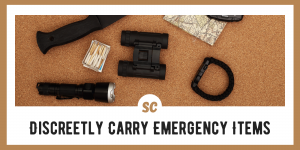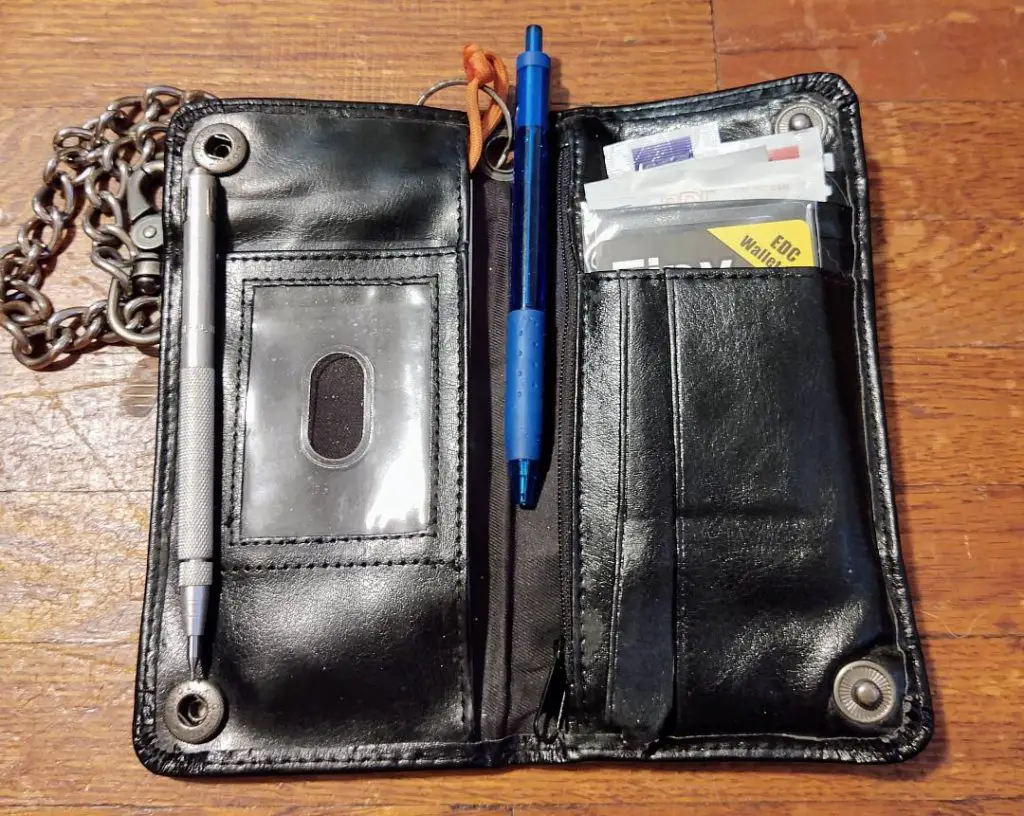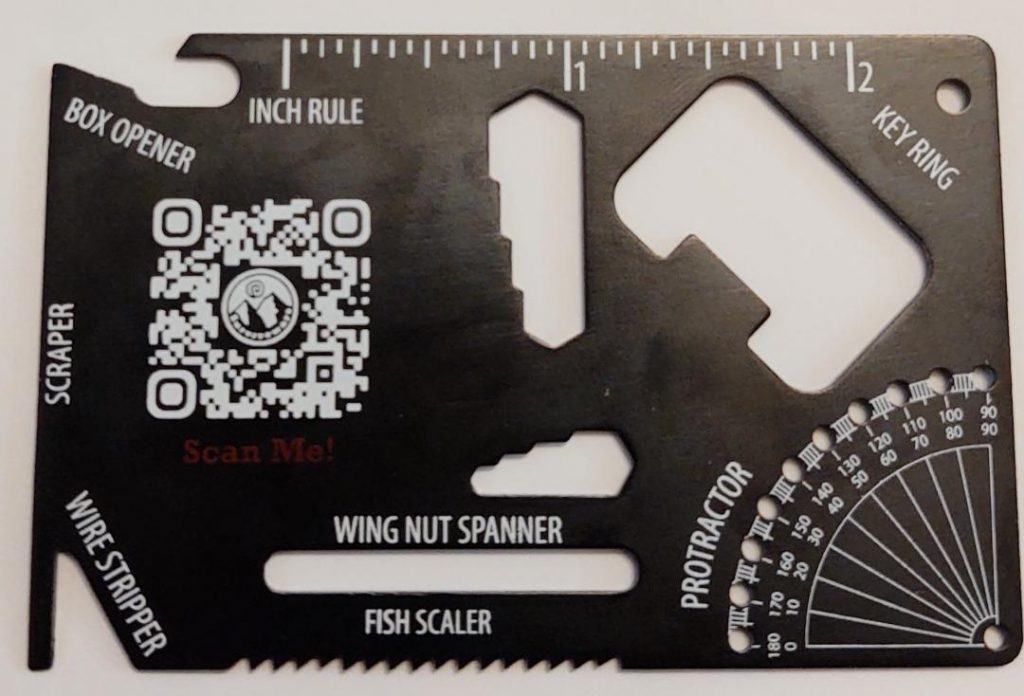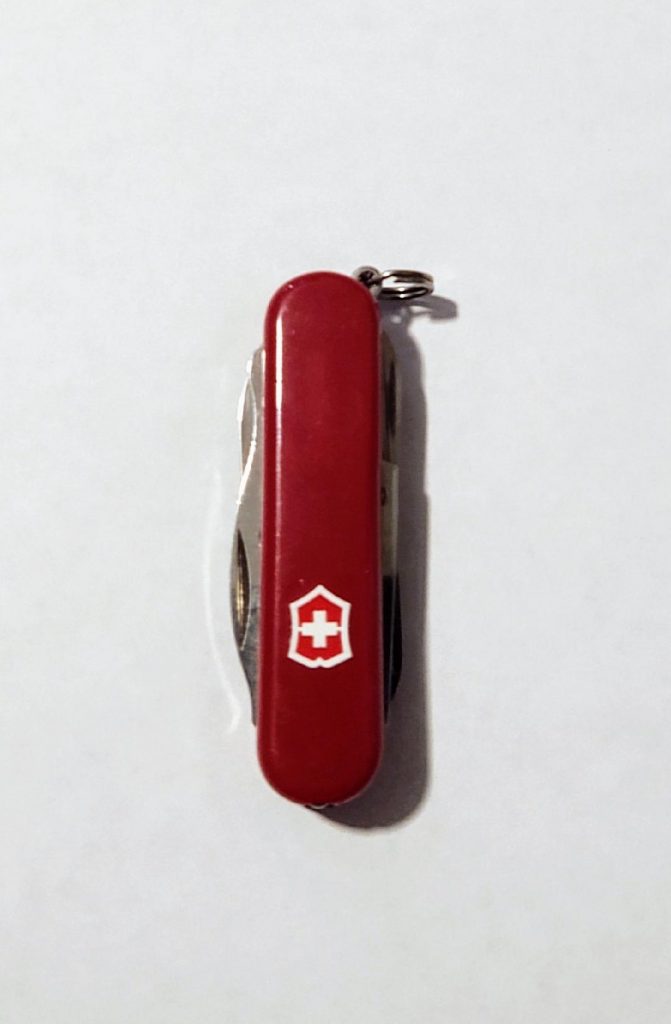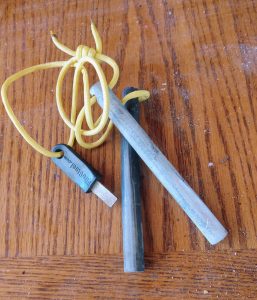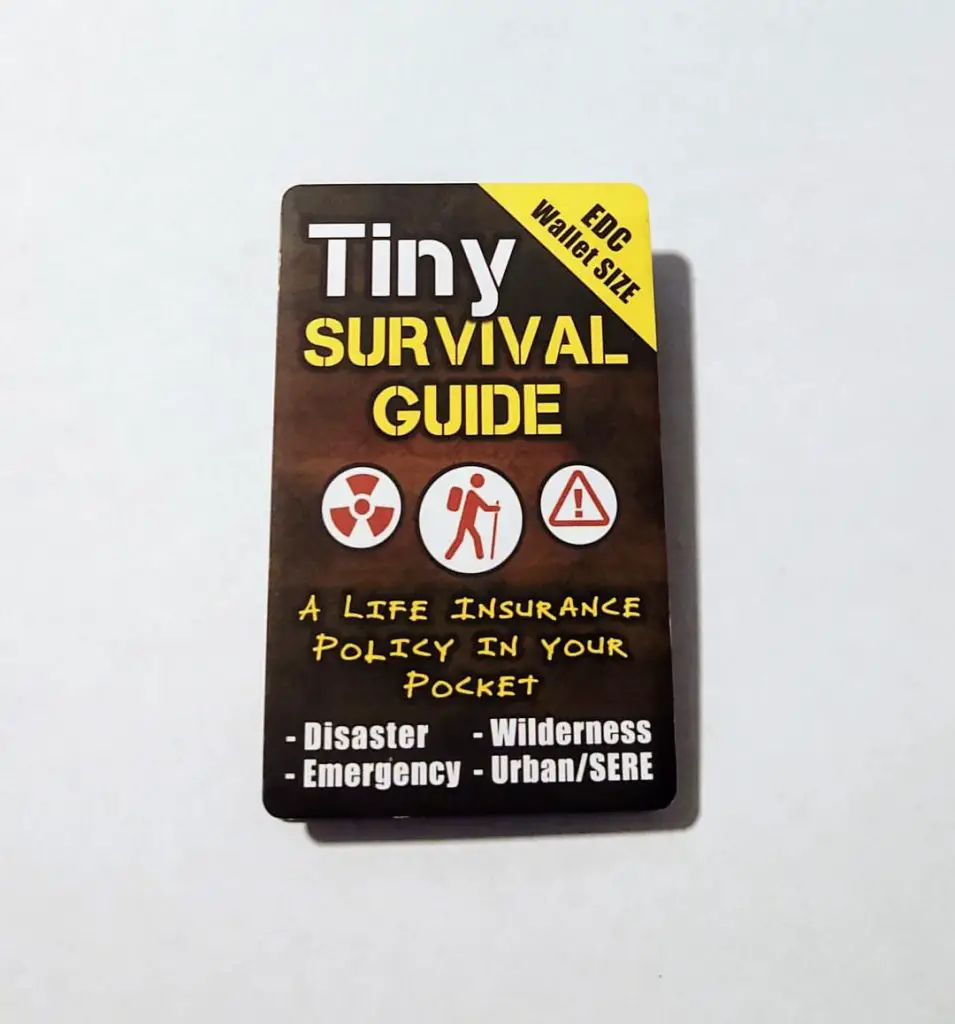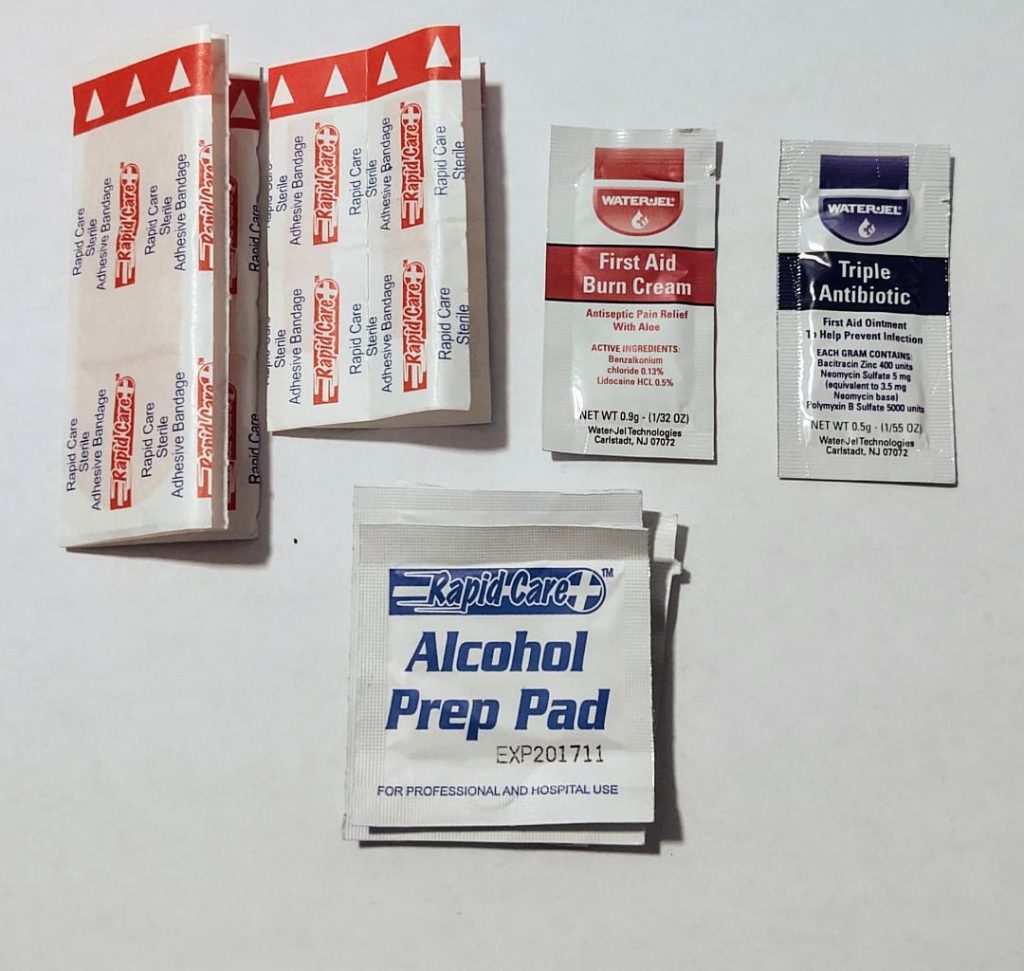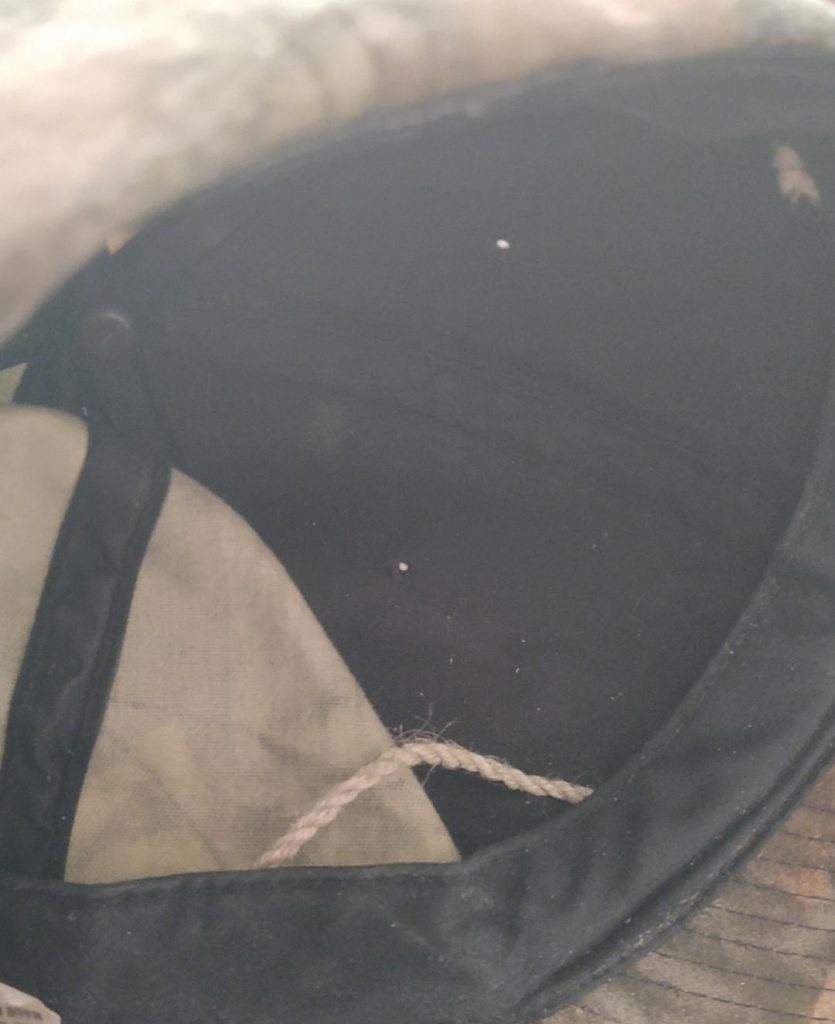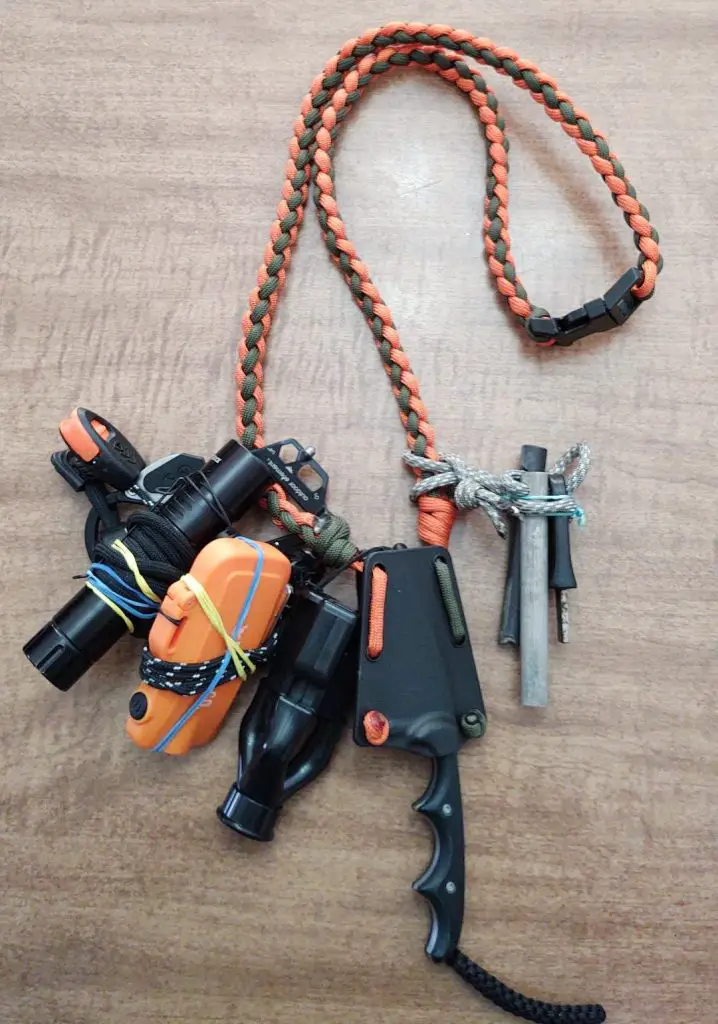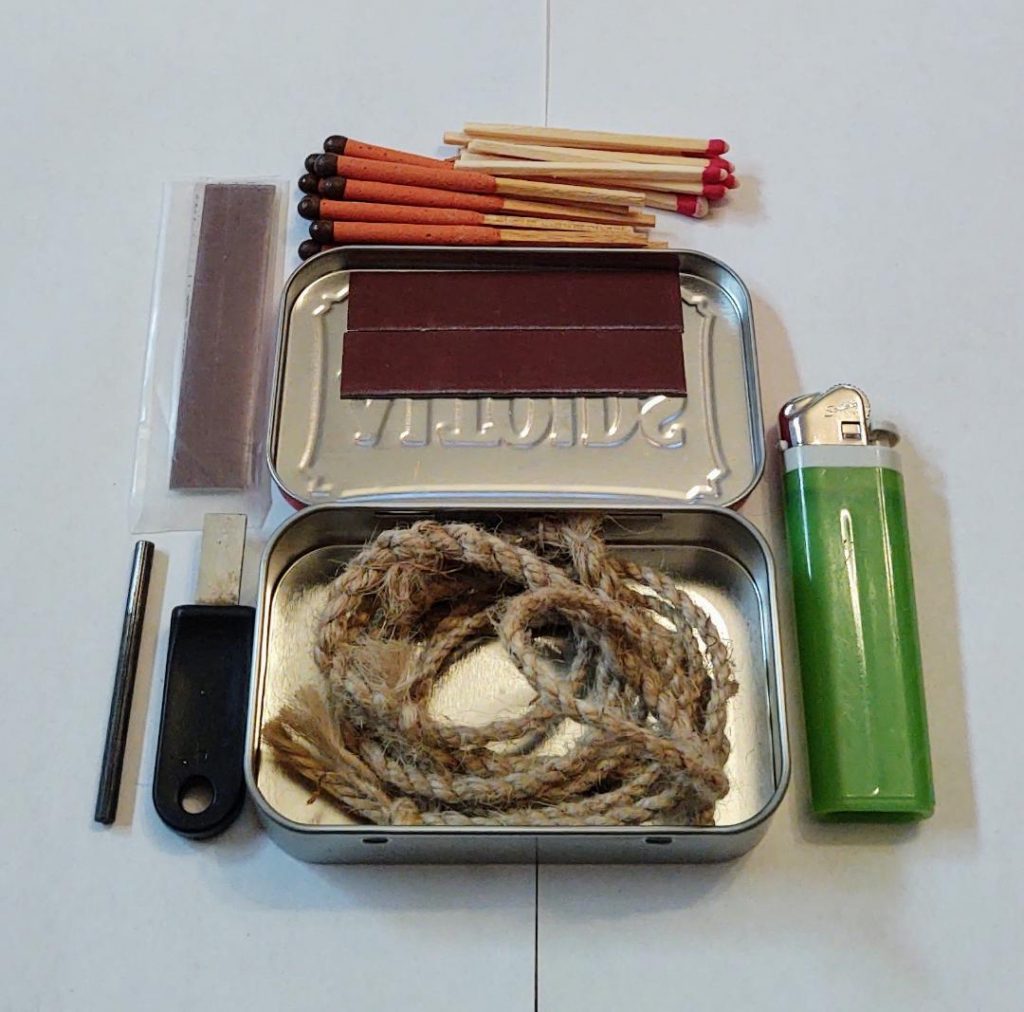There are situations in which carrying certain items discreetly is desired versus carrying them openly. This can be due to the environment someone finds themselves in or can simply be their preference.
Either way, it can also be a fun exercise to figure out ways to carry gear on your person in this manner and I thought I would offer a few suggestions of my own.
SKIP AHEAD
Discreet Carry Options: Top Expert Tips
Footwear
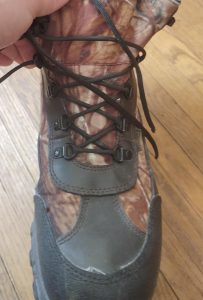
As we can all agree, cordage can be an extremely valuable and versatile item to have. Anyone who wears footwear with laces is unknowingly carrying a source of cordage and depending on the kind of footwear this can result in a decent amount of cordage.
However, the laces that come with most shoes or boots may not be the most useful. A better option is to swap out the original laces for your preference of durable cordage. I have heard a few people that have used Kevlar rope or simple bank line for this.
A popular option is to use paracord which comes in an assortment of different colors and sizes. Also, by utilizing the inner yarns, certain types of paracord will provide much more cordage than other choices.
Wallet
A wallet is another area that is often overlooked for storing items. The upside to using a wallet is that items will be completely out of sight. The downside is that the items must be extremely compact to fit inside. The following are a few options for gear that can be carried in a wallet.
Check out the following link for a more detailed description of a wallet survival kit.
Fresnel Lens
A wallet-sized Fresnel lens is a magnifying glass that is often the size of a credit card but even thinner. These help to read the fine print, finding a splinter, and I have even used them to start outdoor fires.
Credit Card Multi tool
These are credit card-sized pieces of metal with cutouts that provide various functions, like a bottle opener or small wrench. I have never had much use for these, but I know quite a few people like them. They do not take up any more room than a credit card and while offering several tools in a small package, so I can understand their appeal.
Knife
One option that has made the rounds in this category is to carry a scalpel blade. While this is an incredibly compact way to carry a blade, I find it impractical. A scalpel blade is dangerous and difficult to use without a handle and it can snap rather easily.
A better option would be to carry a small model Swiss Army Knife or a similar knife with a sleek design. The blade may not be much bigger than a scalpel blade but it will be more durable and having a handle will make it easier and safer to use.
Fire
Other than a Fresnel lens, a miniature ferrocerium rod is one of the best wallet-sized tools for making fire. These miniature rods are about the size of a toothpick and are barely noticed when carried.
I have carried these often and have found that a good place for them is along the inside crease or where the wall folds. Open the wallet, place the rod along the crease and secure it by placing a piece of duct tape over it.
Lastly, unless you carry a pocketknife, it would be prudent to carry a scrapper as well. A small piece of a hacksaw blade works nicely and will not take up much space.
Guides
There are many different types of pocket survival guides to choose from that may also fit into a wallet. Even for the most experienced of us, these are helpful to carry to be used as a quick reference during stressful times.
Some of these guides are specific in their topics but I would recommend a general-purpose survival guide that covers a broad range of topics.
First Aid
A wallet is very limiting in what type and how many of these supplies can be carried. A wallet first aid kit will not be taking care of any major injuries but there is sufficient space to carry a few band-aids and prepackaged medications/ointments. This will help to take care of minor issues until they can be properly addressed.
Hats
Have you ever seen a person wearing a hat with fishing hooks on it? I am not talking about a ball cap with a single hook on the brim, which is a symbol of sorts, but one with many hooks, lures, and fishing flies
This method can be taken a step further by placing small items under the inside flap of a hat. A small pouch could also be constructed and secured to the underside of a hat where limited items could be stored. In the picture above, a piece of braided jute twine fits nicely under the inside flap and can be used as a source of fire tinder.
Additionally, there are now small headlamps designed to clip to the brim of a baseball cap. They do not stand out all that much and allow a person to always have a convenient light source.
Lanyards
A survival lanyard is a piece of cordage hung around the neck that contains a few useful items, like a neck knife, ferrocerium rod, and an emergency whistle. The lanyard can be worn on the outside of clothing when in use or tucked underneath, which keeps everything out of sight. Remember, you can put anything you want on a lanyard so customize it to your liking!
Lanyard Survival Kit Pocket Survival Kit
PSK (Pocket Survival Kit)
These miniature general-purpose kits can come in all shapes and sizes. A cost-effective and popular container to use is an Altoids tin. After you are done gobbling up those tasty mints, consider saving the tin and creating your own custom pocket survival kit. They are lightweight, compact, and nobody will be the wiser regarding its contents unless of course, they ask for a mint.
Check out the link here for a more detailed description of this project.
Pouches
There are some accessories you may already wear that could provide some space for additional items. For example, a multitool is a common tool to have and many people carry them around in a pouch that is attached to their beltline. I have found that sometimes there is excess space around the edges of these pouches where another item may fit into, such as a ferrocerium rod or a specialized pen.
Wrap Up
There is much space to consider when it comes to footwear, clothes, hats, and other accessories where extra tools could be carried. The hallmark of carrying items discreetly is utilizing space or unused space to its potential and to think outside of the box. If you take a few minutes to consider what you wear and already carry, you may be surprised at what other items can be discreetly added.
Thanks for reading and stay prepared!
What are some discreet ways you like to carry items? Sound off in the comment section below and let us know!


